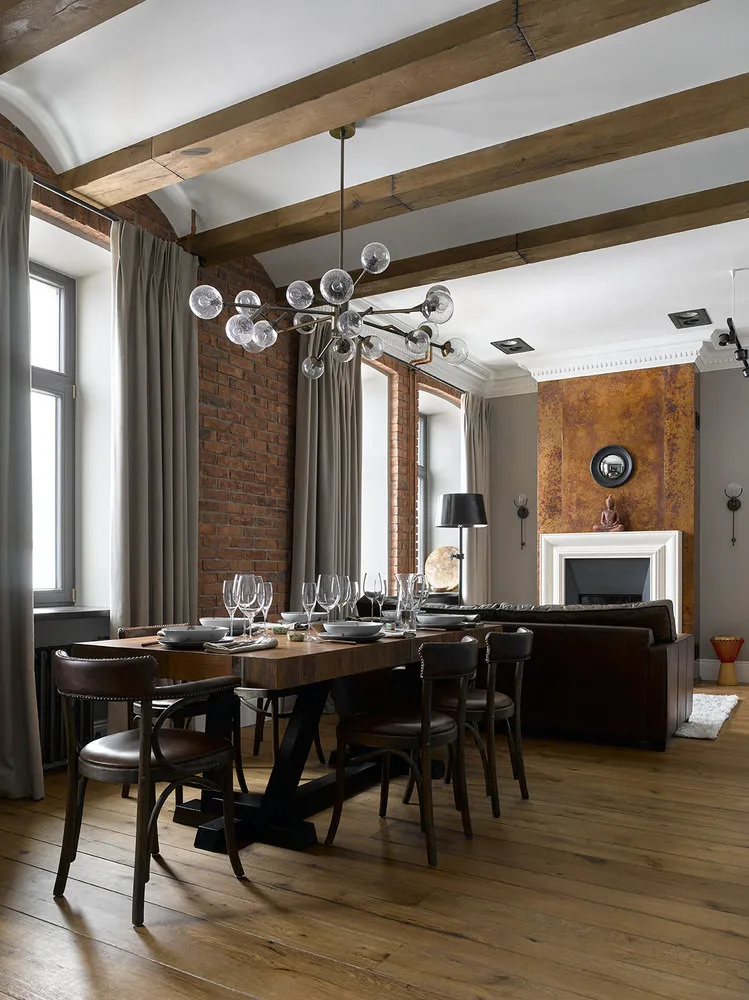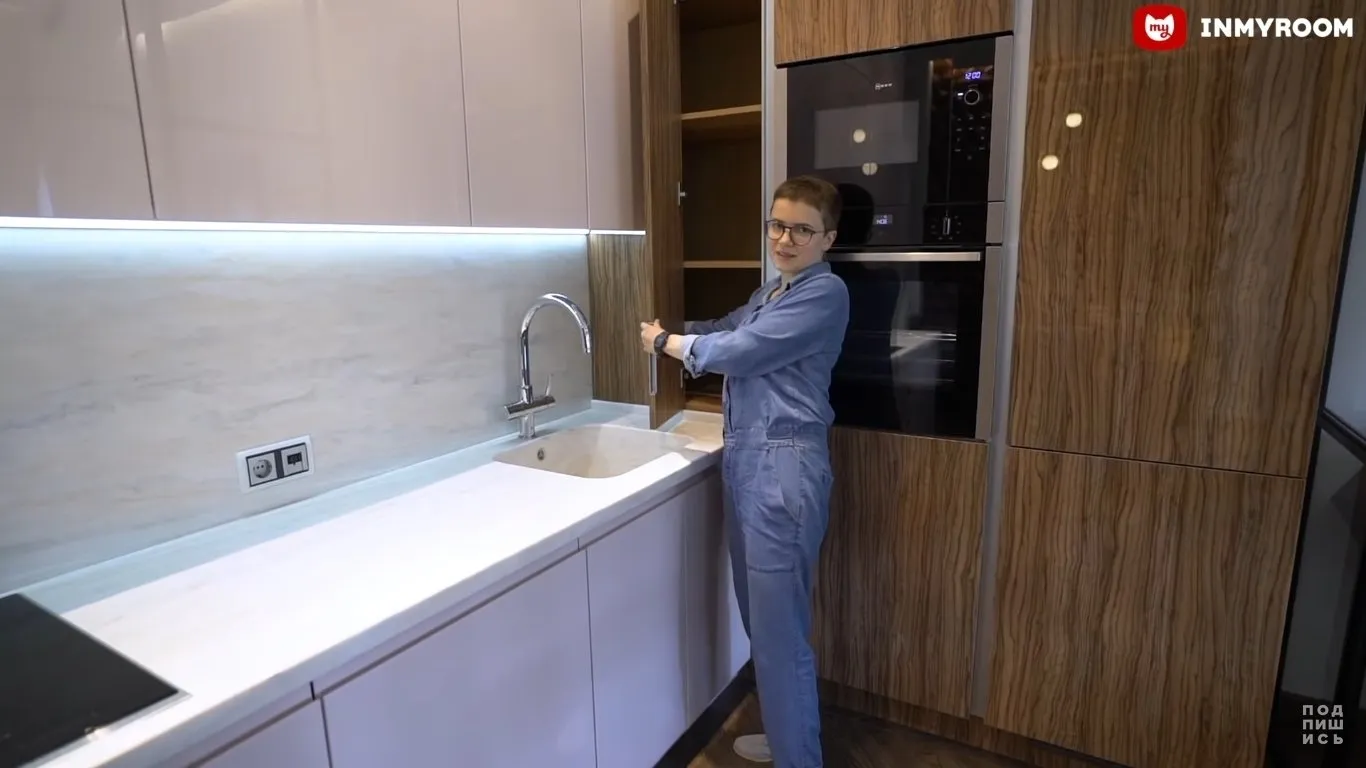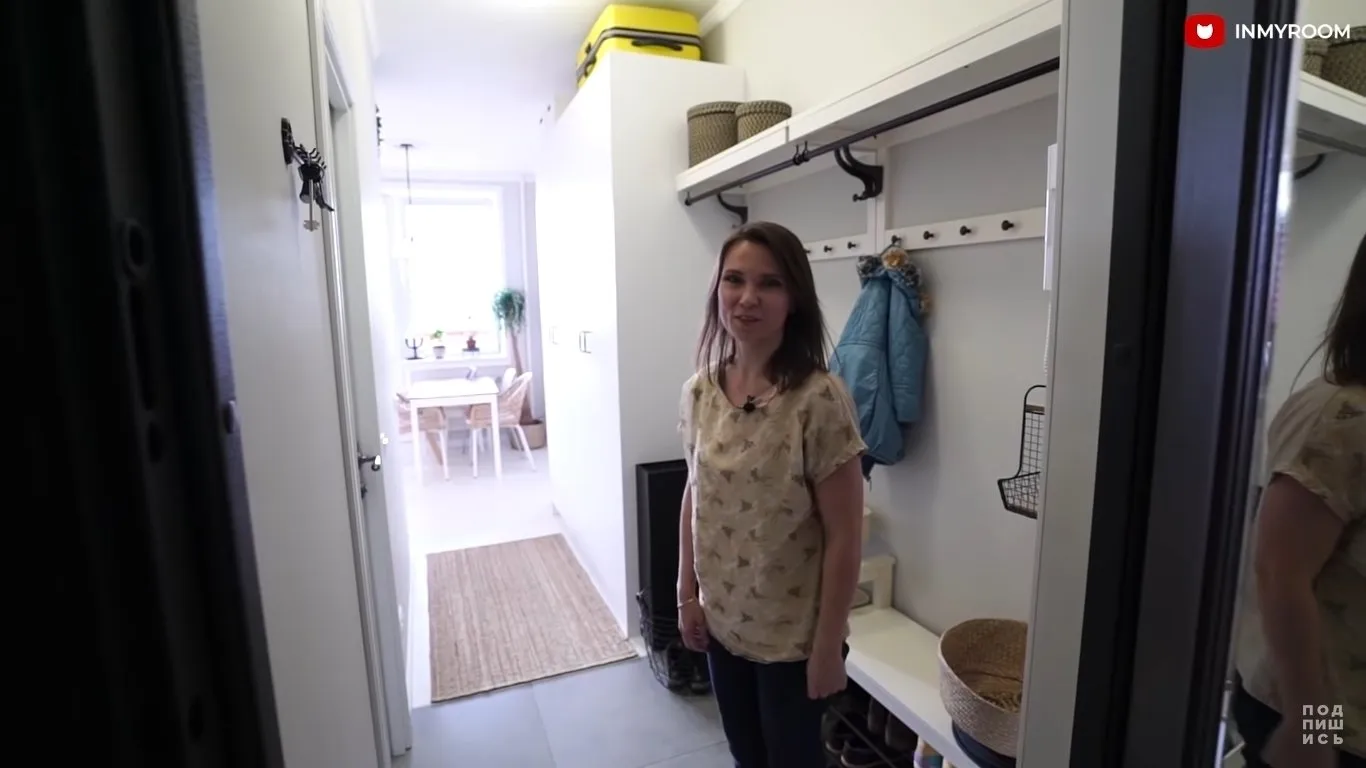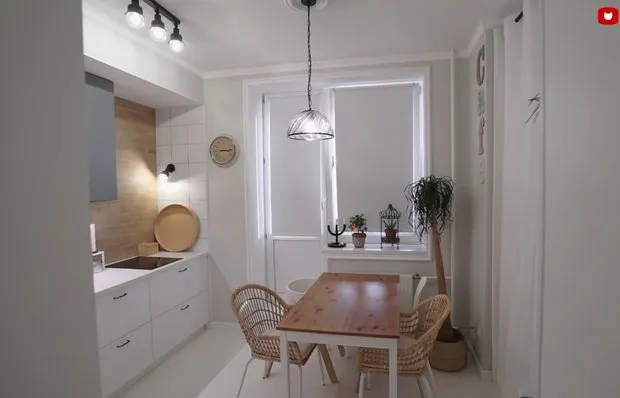There can be your advertisement
300x150
5 Common Mistakes Designers Make That Lead to Problems and Delays
Let's look at five typical mistakes in running a design business that put interior designers at risk and prevent them from earning more
When communicating with colleagues in the interior design field, we have repeatedly noticed how the same mistakes trap and cause crises for those who build and grow their businesses. The most tragic part is that these mistakes go unnoticed in daily routine. However, when the problem arises, designers feel confused and helpless in front of fate's blow.
Today, first of all, we want to support you: you're not alone! Mistakes are made not only by beginners but also, sometimes, by experienced professionals. Secondly, once you identify a particular mistake, you already see light at the end of the tunnel. You understand that you can fix and improve things to achieve new results next year.
Error #1 — taking on unnecessary workload and responsibilities
Designers often don't understand or forget the difference between project manager duties and their own responsibilities. How often have you overestimated your capabilities and tried to handle the entire project alone? Naturally, at some point, you start getting stuck in organizational details instead of doing the part of the work that you do best.
We recommend clearly defining roles in a project. Delegation and a properly written job description for the project manager will help with this.

Error #2 — working without a system
Remember how often your workday ended with distractions to secondary tasks, and the most important thing never moved forward from a dead end? A lot of personal time is spent by designers on unplanned actions.
Systematizing all work processes will save you time and resources: from the first contact with a client to their move-in. By the way, only by writing down processes will you realize what can be delegated right now.

Error #3 — working without a contract
Legal illiteracy, let's not shy away from that word, is the cruelest enemy of interior designers. Without a contract or with a poorly drafted contract, designers take on an unjustifiably high risk. Relations with clients may start off wonderfully. You might feel like you've found your dream client, that you understand each other without words.
How painful it is later when the client suddenly interrupts the work, you don't receive full payment for the project, and of course, there’s no talk about photoshoots. Let us remind you that all your relationships should be closed with contracts and acts, including those with subcontractors.

Error #4 — blurred boundaries of author's supervision
Sometimes designers themselves refuse this service, although experienced specialists understand well: without author supervision, contractors implement the project in a way that differs from the original plan. Expectations won't align with reality. Everything will look different. From false savings, stubbornness, or ignorance, the client might refuse supervision. Your task is to make a firm decision on this issue and stick to your position.
Another extreme among designers is confusing author supervision with general contracting. Designers again take on responsibilities that aren’t theirs, which ultimately leads to disputes and conflicts with clients and subcontractors. Our advice is to study what author supervision includes, who is responsible for what in the studio and who is responsible for what with the general contractor.

Error #5 — not investing in professional development
If you think about it, all the above-mentioned mistakes stem from this one — a lack of knowledge in organizing interior design business. Creating a functional and aesthetic project is one thing, but putting together all the parts of the story: finding a client, negotiating with them, delegating tasks, managing staff, effectively and reasonably building all business processes in your studio — that’s a completely different skill. It is rarely taught in design schools, leaving everything up to you: ‘Start practicing and figure out what’s what’.
We are convinced — many of these mistakes can be avoided if you borrow solutions, learn, and gain knowledge from those who are orders of magnitude more experienced than you in many areas. Unfortunately, the design community is sometimes closed and fragmented. Therefore, both beginners and experienced professionals often feel lost and alone.

A few years ago, recognizing the need for experience sharing, Aiya Design Studio started conducting training events for colleagues. In 2020, they launched the Aiya Design Experience — an online course for those who want to find meaning in their work and create a great design studio.
Over half a year, the Aiya Design team gathered 10 experts, focused, and concentrated all knowledge into 23 video lessons, practical materials, and open webinars. The first course cohort’s experience shows guaranteed changes: students changed their team structure, implemented new convenient tools for work, expanded their staff, improved positioning, increased the value of their services, and attracted new clients.
If you recognize in these mistakes the ones we described, don’t be discouraged — join us. In addition, a 40% discount is valid until December 31st with the promo code NY21. The second course session starts on January 14th.
We wish all readers of this article that the upcoming year 2021 will fill your portfolio with new wonderful projects!
More articles:
 New Approach: How to Grow a Large Garden and Save Money
New Approach: How to Grow a Large Garden and Save Money Kitchen Repair 4.5 sqm in a Khrushchyovka Apartment by Yourself
Kitchen Repair 4.5 sqm in a Khrushchyovka Apartment by Yourself Cool Ideas for Bathroom That You'll Definitely Want to Replicate
Cool Ideas for Bathroom That You'll Definitely Want to Replicate Cool Kitchen Tips Inspired by Designers and Bloggers
Cool Kitchen Tips Inspired by Designers and Bloggers Entry Hall 3.75 sq m, where every centimeter is thought out
Entry Hall 3.75 sq m, where every centimeter is thought out Small Living Room 3.75 m², where every centimeter is thought out
Small Living Room 3.75 m², where every centimeter is thought out Tiny Kitchens in Khrushchyovkas — Not as Bad as You Think!
Tiny Kitchens in Khrushchyovkas — Not as Bad as You Think! How to Design a Comfortable Kitchen in a Studio Apartment for a Family of 5
How to Design a Comfortable Kitchen in a Studio Apartment for a Family of 5